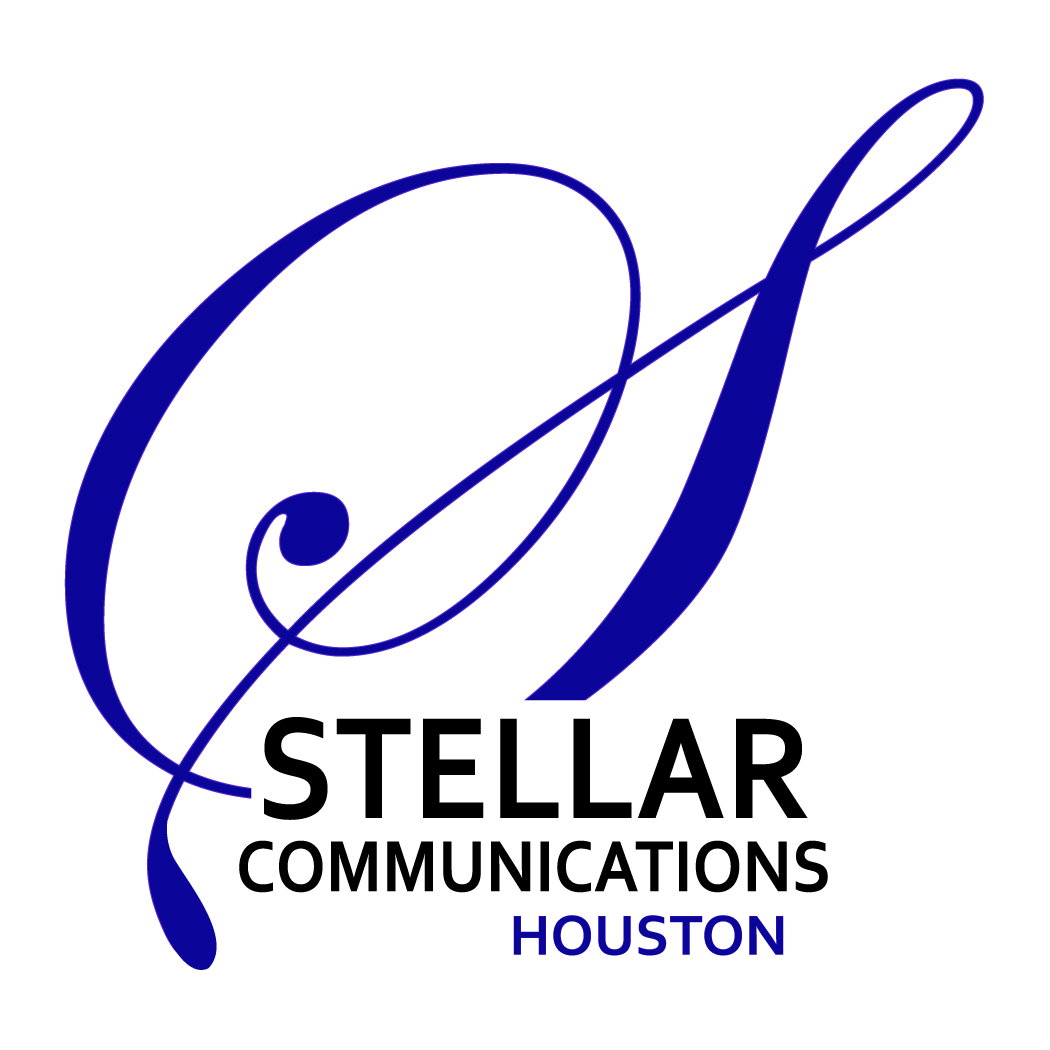Remember the old fairy tale Hansel and Gretel? A boy leaves a trail of pebbles in the woods, promising his sister it’ll lead them back home.
Good communication works like that. An audience is lured by the promise of a destination. They want indicators that help them know where they are along the way. And they’re satisfied when they end up at the big ending.
Good communication is really about earning the trust of your audience – and then fulfilling that trust.
This principal applies to books. Readers want to be certain there is a clear path to a worthy destination. They want to know they can trust an author to take them where they want to go.
The key to building the trust of readers – and to keeping your promise – is the structure of your book. The structure conveys a trusted pathway that helps readers reach a worthy conclusion. Readers appreciate when you build in indicators that let them know where they are on the map.
Let’s take a look at a few ways our authors have developed strong structures. While the methods are different, they each follow through on the author’s promise.
Maps
Perhaps the most literal example is Reverend John Miller’s forthcoming book, Journey to Paradise. The cover of the book promises a bold destination: Readers will discover the deepest desires of their heart. Everything about his words and design implies that he and the reader will embark on a trek together.

As soon as the reader peeks inside the book jacket, Reverend Miller gives a glimpse of the journey ahead.

And then in the first few pages, a two-page spread shows the complete map. Again and again, Reverend Miller is reassuring his readers that he knows where he’s taking them.

Along the way, each chapter represents one stop on the trek. As readers are reminded where they are on the map, Reverend Miller is keeping his promise.
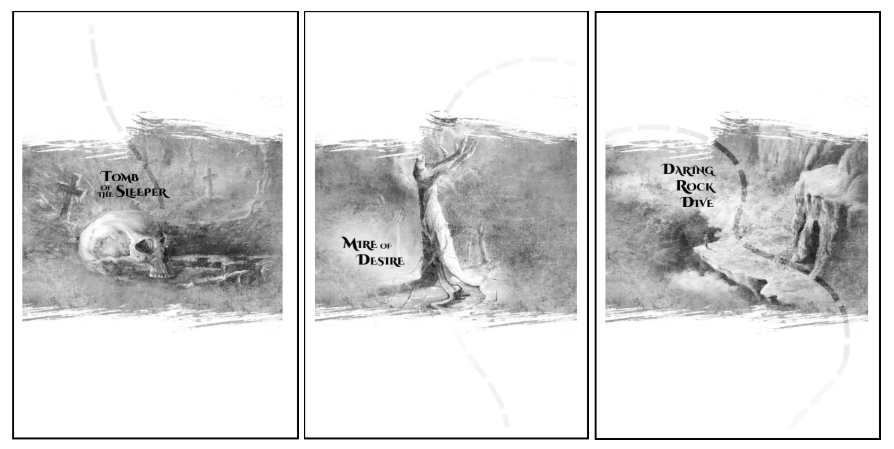
Pieces of a Whole
Another example of strong structure is Medicine at the Crossroads, a collection of newspaper articles by cardiologist Dr. Michael Attas. The purpose and promise of the book is to unify the three different parts of a broken healthcare system.
To illustrate unification, his cover design shows three shards of stained glass welded together into one picture.
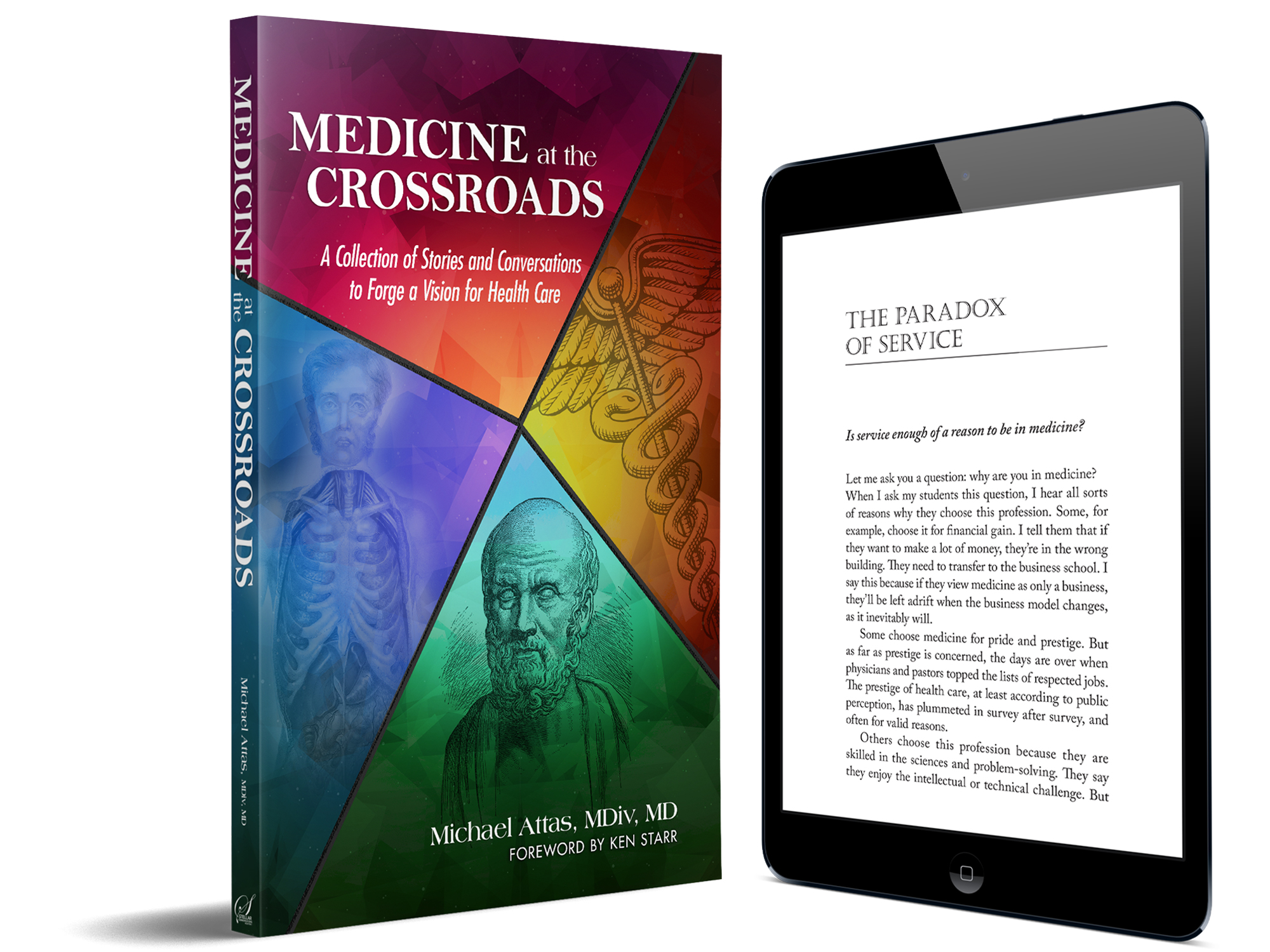
Inside the book, there are three sections that correspond to the three shards of glass. These are the different parts of the healthcare system that Dr. Attas promised to address in his book.
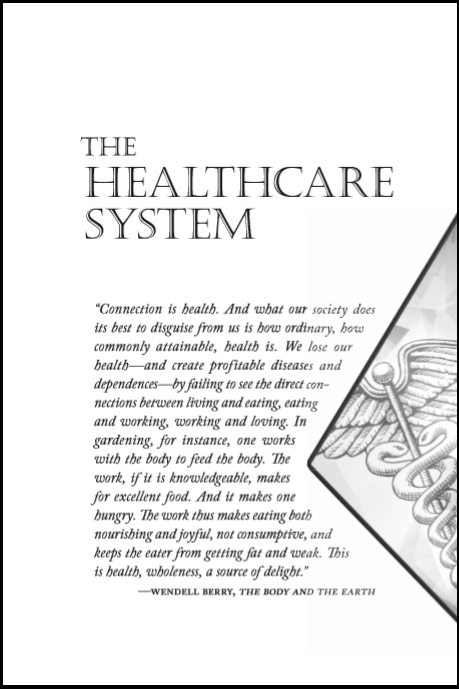
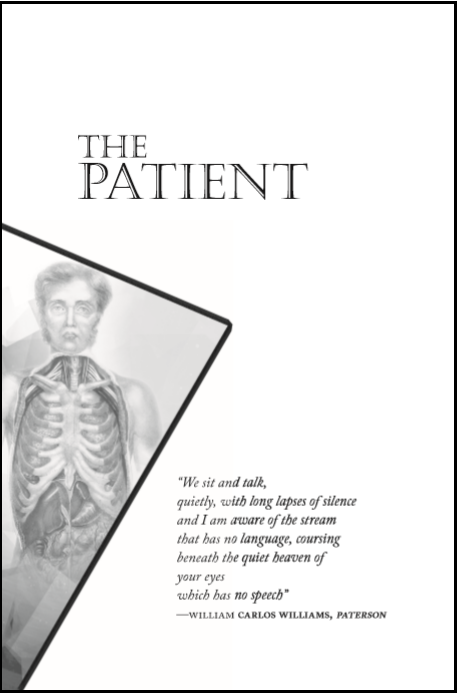
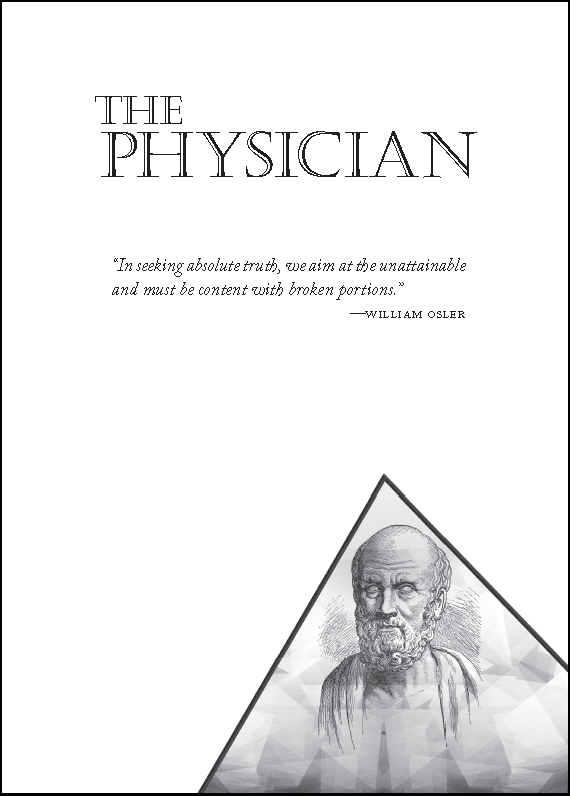
Although the book looks at many topics and viewpoints related to medicine, readers are provided a solid structure in which they can explore concepts without getting lost.
Timelines
A third example of structure is Contraflow, by Bill Herrington. Its promise is to tell a gripping eyewitness account of loss and leadership in the wake of Hurricane Katrina in New Orleans in 2005.
The Table of Contents is organized according to the timeline of the events.
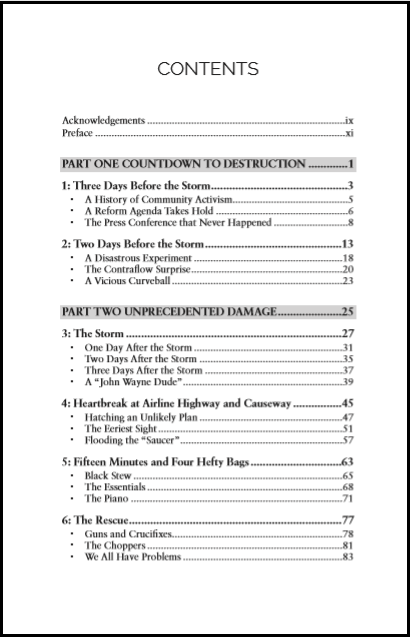
To create a sense of impending doom, some chapters serve as a countdown to the storm. And to emphasize the urgency of the situation, the digital time is updated throughout the chapters.
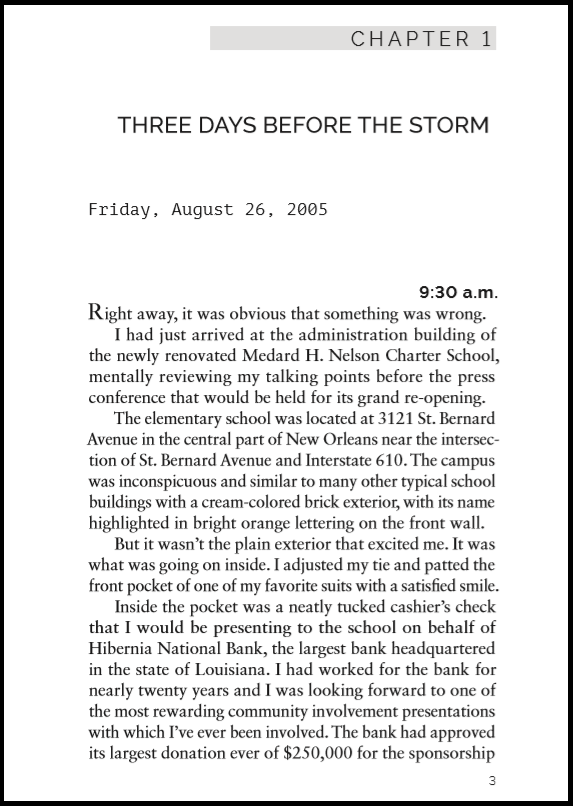
The Take-Away
Effective communication is about fulfilling a promise to your audience.
When it comes to your book, ask yourself, “Where do I want to take my readers?” Then consider, “What is the best pathway to lead readers there?”
Maps, pieces of a whole and timelines are only a few examples. There are many mechanisms you can use as “pebbles” to lead readers and bring clarity to your ideas.
Ultimately, when you and reader arrive at the conclusion, you’ll both be thankful for the journey.
